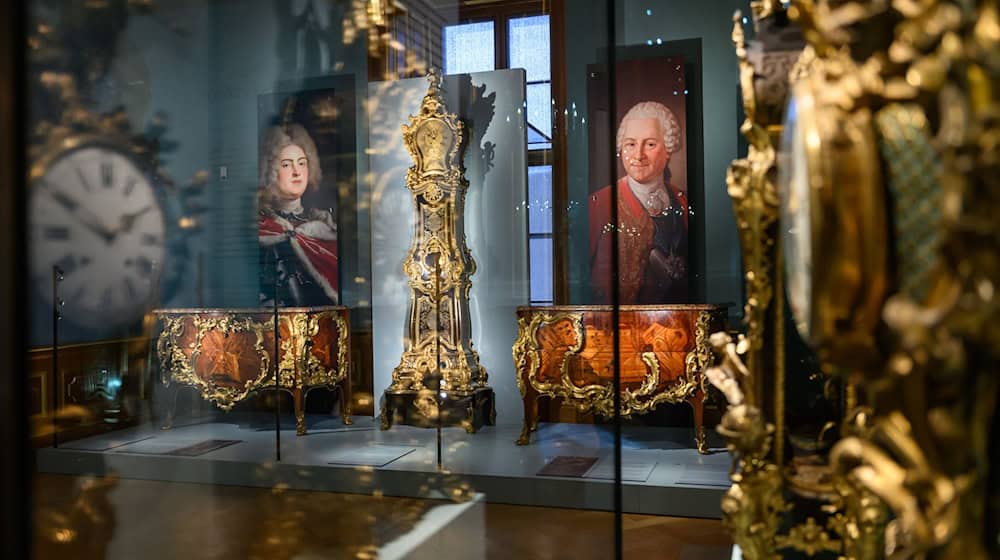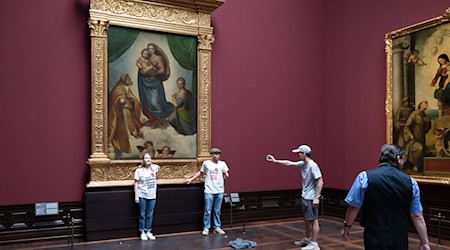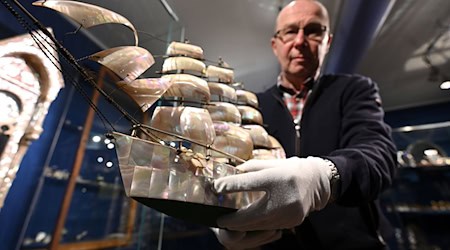Gorgeous grandfather clocks and precious cabinets: the Staatliche Kunstsammlungen Dresden (SKD) is presenting its collection of furniture by the famous Parisian cabinetmaker Jean-Pierre Latz (1691-1754) for the first time since the Second World War. The 30 individual objects and 20 ensembles are presented under the title "Fait á Paris. The Art Furniture of Jean-Pierre Latz at the Dresden Court" until the beginning of February 2025 in the parade rooms of the Residenzschloss - most of them in their former beauty. They have been researched, restored and conserved since 2018 as part of a long project with the help of several foundations and patrons - using state-of-the-art methods.
Unique collection long forgotten
"This is the first comprehensive exhibition on Jean-Pierre Latz anywhere in the world," said SKD Director General Marion Ackermann. Another special feature is that "nowhere else does so much of his furniture still exist". The collection was rediscovered in the Museum of Decorative Arts at the end of the 2000s. Now the treasures have returned to the place where they were kept until 1945 and have been supplemented by loans from Sanssouci Palace in Potsdam and the Palazzo Del Quirinale in Rome. According to Ackermann, the show also demonstrates "what masterpieces of craftsmanship furniture is".
Latz, who was born in the Electorate of Cologne, is considered one of the most important cabinetmakers of his time. In Paris, he created masterpieces that ranged in style between the strictly symmetrical Baroque and the Rococo, which stood for lightness and asymmetry. Pendulum clocks (pendulums) and pedestals (pedestals) are decorated with precious inlays, so-called boulle marquetry, made of tortoiseshell, brass, ebony, mother-of-pearl, colored horn or precious tropical woods and lavishly gilded fittings called bronzes.
According to SKD, the collection is also unique because the furniture has been in Dresden since it was purchased in the second half of the 18th century, is fully documented and in authentic condition. Some had been removed from storage due to the war, others were severely damaged during the bombing of the city and were considered war losses for years. Due to their condition, they were then put into storage and forgotten - and only came to light again in the course of the inventory with the introduction of the Daphne museum database from 2008.
Copyright 2024, dpa (www.dpa.de). All rights reserved










